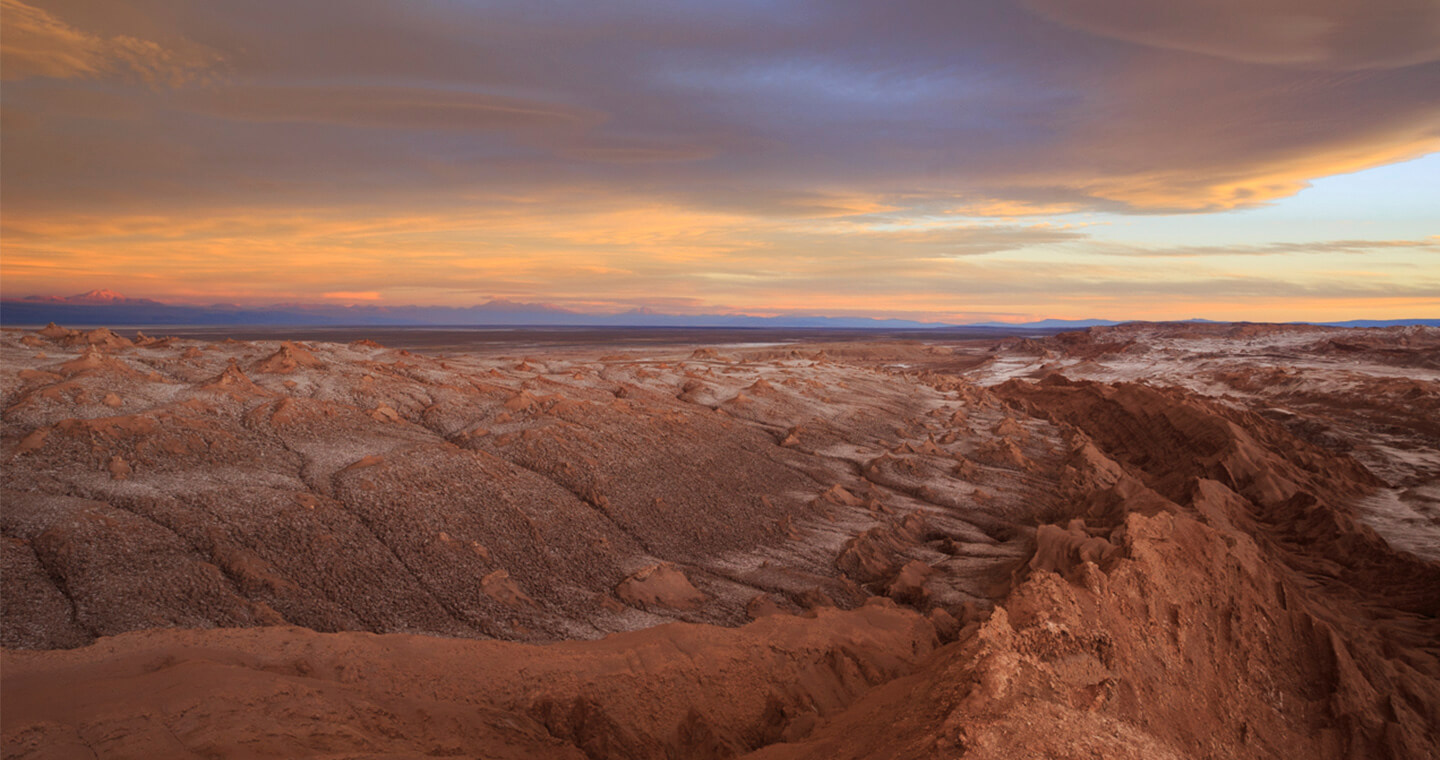The Martian Megaflood Went Through The Red Planet’s Equator – New Sign of Life Existing on Mars

Due to data collected by NASA’s Curiosity rover and analyzed by scientists from Cornell, Jackson State University, the Jet Propulsion Laboratory and the University of Hawaii, there’s extra hope for life on Mars. Since the Earth is thriving with life, many scientists are considering an absurd idea for Mars to be a complete wasteland. Furthermore, both planets are within the Goldilocks Zone of the Solar System.
The newfound data regarding the Red Planet reveals that floods of high magnitude went through the Gale Crater on the equator of the planet. It all happened 4 billion years ago, about 500 million years later than when life first began on Earth.
Meteoritic impact could have caused the megaflood
One hypothesis explaining the megaflood is that a meteor smashed into the ancient Mars. The resulting heat was the trigger for the megaflood, as ice from the Martian surface was melted and released.
Co-author Alberto G. Fairén, who is also an astrobiologist in the College of Arts and Sciences, declared:
We identified megafloods for the first time using detailed sedimentological data observed by the rover Curiosity,
Deposits left behind by megafloods had not been previously identified with orbiter data.
Giant wave-shaped features occurred in sedimentary layers from the Gale crater, and they were usually called “megaripples” or antidunes. The Curiosity rover team had established before that the Gale crater once had persistent lakes and streams many years ago.
Alberto G. Fairén also added:
The planet had the conditions needed to support the presence of liquid water on the surface – and on Earth, where there’s water, there’s life.
As Fairén himself also acknowledges, Mars was once a habitable planet, but that doesn’t necessarily mean that it was inhabited by any life forms. Hopefully, future researches will solve the big mystery.
The new research was entitled “Deposits from Giant Floods in Gale Crater and Their Implications for the Climate of Early Mars,” and it was published in Nature Scientific Reports.
Source: scitechdaily.com
0 comments